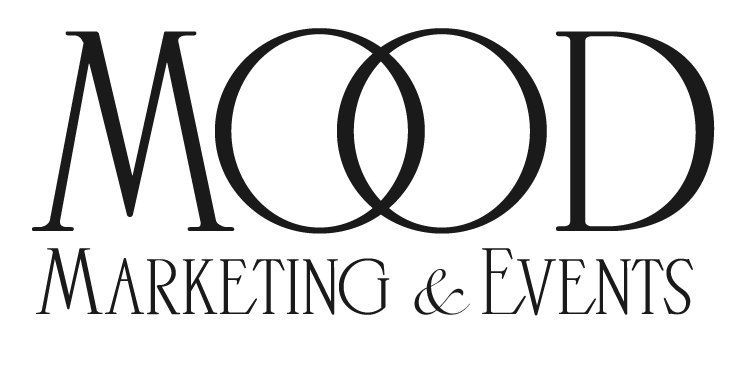Content Marketing has been a major buzzword in the marketing industry for a few years, but it isn’t a new concept by any stretch of the imagination. In fact, if you want to go way back the first major example of content marketing done right would be Poor Richard’s Almanack, published by Benjamin Franklin in 1732 to promote his printing business. Yep, you read that right. People have been using content marketing for literally centuries. Of course, it’s only been in the last few years that it’s become the king Internet marketing.
So, if Content Marketing has been around long enough for it to be an effective tool for both Benjamin Franklin and the LEGO Movie, you’re probably wondering what, exactly, it is.
The Content Marketing Institute defines it was follows:
Content marketing is a strategic marketing approach focused on creating and distributing valuable, relevant, and consistent content to attract and retain a clearly defined audience — and, ultimately, to drive profitable customer action.
Okay, so that’s a lot. But let’s take it step by step. When you break down that wordy definition there are four main pillars of content marketing that stand out.
Four Pillars of Content Marketing
- Content marketing is a strategic marketing approach – this means that content marketing isn’t just posting to social media and writing blog posts occasionally. The very first pillar of its existence is that it’s all based on strategy. Everything that you do with content marketing has to have a purpose that’s deeper and more meaningful than just “I have to check ‘posting to Facebook’ off of my to-do list for the day.”
- focused on creating and distributing valuable, relevant, and consistent content – do you see the word “distributing” in there? It’s really important! Content marketing is more than just writing blogs or filming videos – you’ve got to be properly distributing it. After all, you can write the best content in the world but if there’s no one looking at it then you’re wasting your time. The other keywords there are valuable, relevant, and consistent. To make your content really work for you you’ve got to work at it. That’s why posting to Facebook just to check it off your daily to-do list isn’t going to work. You’ve got to be posting useful content that’s relevant to your audience or current trends and you’ve got to be doing it consistently. That doesn’t necessarily mean every day but it definitely means more than once or twice a year.
- to attract and retain a clearly defined audience – Okay, so why are you going through all of this effort? You’re creating content calendars. You’re creating awesome content that people love – but what is your objective? Who are you writing for? The goal here is to create content for a clearly defined audience. In the business world this means your customer – or potential customers. And your objective is to not only attract them initially, but to keep their attention.
- ultimately, to drive profitable customer action. And, at the end of the day your goal – after you’ve strategized, written awesome content, and found your audience is to drive that audience to do something. And that something is most likely to sign an agreement.
Alrighty. We’ve broken down the four pillars of the content marketing definition… so now let’s break it all down even further.
What Is Content?
Many people hear the word “content” and they think “blogs.” They aren’t wrong. But there are so many forms of content that can work for your business, and blogs are just one of them – albeit one of the more popular options.
Here are a few other content options:
- Videos
- Whitepapers
- Quizzes
- Tutorials
- Newsletters
- Infographics
- Images
- eBooks (or hard copy books!)
Did you notice anything there? Content isn’t just typed/printed words. Video is some of the most engaging, highest ranking content there is. And of course who doesn’t love an infographic to get the point across? Essentially, anything that can be disseminated (so no, standing on your soapbox in the middle of the town square doesn’t count – unless you write a newspaper editorial about it!) get your messaging across to your audience is a piece of content and therefore falls under the ever-expanding umbrella of Content Marketing.
